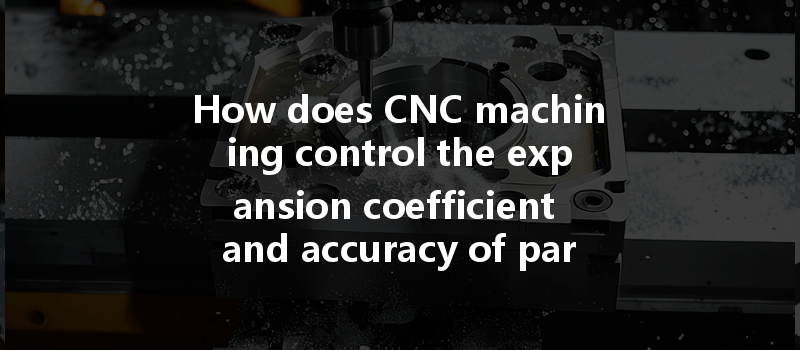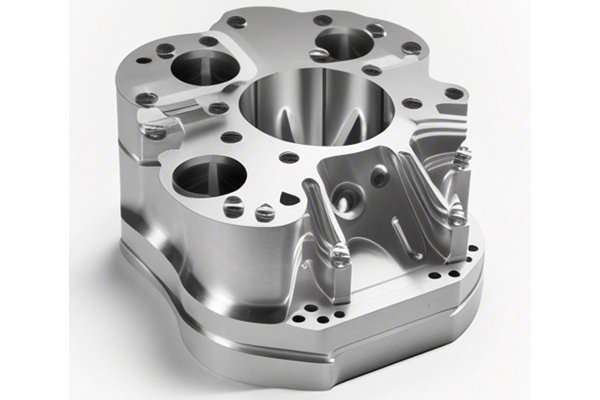Did you know that materials expand and contract with temperature fluctuations? This seemingly mundane phenomenon can significantly affect the precision of manufactured components, particularly in the world of CNC (Computer Numerical Control) machining. In highly controlled manufacturing environments, the interplay between thermal expansion and machining accuracy is critical. As industries increasingly rely on CNC technology for precision machining applications, understanding how thermal expansion is managed can give manufacturers a significant advantage.
In this blog, we will explore the techniques and technologies used in CNC machining to control the expansion coefficient and maintain the accuracy of produced parts. From sophisticated software algorithms to advanced machine calibration, we’ll delve into the mechanisms that ensure consistency in part dimensions and overall quality—because in the world of machining, precision is not just a goal; it’s a requirement.
Understanding Thermal Expansion in Machining
The Basics of Thermal Expansion
Thermal expansion occurs when materials are subjected to heat. As temperature rises, the particles within the material vibrate more vigorously, causing them to move apart and the material to expand. Conversely, cooling induces contraction. The coefficient of thermal expansion (CTE) quantifies this behavior—a critical factor in CNC machining, where tight tolerances are essential.
For instance, metals exhibit relatively low thermal expansion compared to plastics, which can expand significantly with temperature changes. Understanding a material’s CTE is vital for ensuring that dimensions are maintained throughout the machining process.
The Impact of Thermal Expansion on CNC Machining
In CNC machining, thermal expansion can introduce variations and inaccuracies in part dimensions. This can be particularly problematic for high-precision applications, such as aerospace components and medical devices, where even minor deviations can lead to catastrophic failures.
Consider a machining operation where a part is cut at a temperature of 20°C. If that part is then heated to 60°C due to the machining processes, it may expand beyond the specified tolerance. This highlights the importance of controlling and mitigating the effects of temperature changes throughout the manufacturing process.
Techniques for Managing Thermal Expansion in CNC Machining
One of the most proactive methods for managing thermal expansion is selecting materials with appropriate thermal properties. When designing components for CNC machining, engineers must evaluate the end-use environment and the accompanying temperature ranges.
Choosing the Right Material
A well-calibrated CNC machine is the backbone of accurate machining. Regular calibration ensures that the equipment interprets commands accurately, accounting for any potential thermal expansion effects.
Strategies for Calibration
During CNC machining, friction from cutting can produce significant heat. Using the right coolant can reduce thermal buildup, preserving both the integrity of the tool and the part being machined.
Cooling Techniques

Creating an optimal machining environment can help stabilize factors that contribute to thermal expansion.
Environmental Controls
Utilizing software designed for CNC programming can be a game changer in managing thermal expansion.
CAD/CAM Integration
Best Practices for Controlling Expansion in CNC Machining
Case Studies: Successful Implementation of Expansion Control
Aerospace Industry
In the aerospace industry, where parts must meet stringent regulations, companies have turned to advanced thermal measurement technologies. For example, a leading aerospace manufacturer implemented a new thermal compensation system in their CNC machines, allowing for adjustments to cutting paths based on real-time temperature measurements. As a result, they reported a 30% reduction in machining errors attributed to thermal expansion.
Medical Devices
A medical device manufacturer faced challenges with the CNC machining of small, intricate components. By integrating thermal simulation software into their process, they were able to model potential thermal issues and adjust their operations accordingly. This proactive approach not only improved accuracy but also reduced production time.
As we’ve explored, managing thermal expansion in CNC machining is crucial for ensuring part accuracy and quality. By selecting the appropriate materials, calibrating machines effectively, utilizing suitable coolants, controlling the machining environment, and employing advanced software, manufacturers can successfully mitigate the effects of thermal expansion.
Ultimately, the ability to control expansion and maintain accuracy might just be one of the most vital competencies in CNC machining. In an industry where even minor inaccuracies can result in significant losses, the integration of these advanced techniques can lead to improved product performance, higher customer satisfaction, and greater competitiveness in the market.
As you consider your CNC machining processes, think critically about how thermal expansion can impact your operations and what steps you can take to ensure precision and quality. This is not just a manufacturing concern; it is a strategic aspect of producing reliable, high-quality parts in a competitive landscape.






